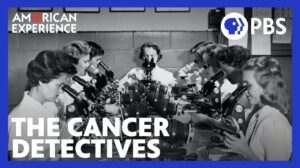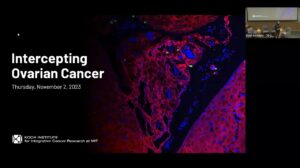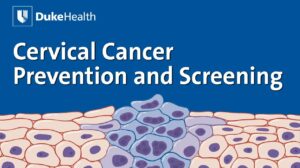By Robert Saunders
NEW YORK (Reuters Health) – For men with biochemical recurrence of prostate cancer after radical prostatectomy, radiation offers a good chance of cure, according to a review of the literature.
But when radiation was the primary treatment, it’s unclear whether radical prostatectomy, brachytherapy or cryotherapy is the best option, according to a report in European Urology online May 16.
Dr. Stephen J. Freedland, at Duke University in Durham, North Carolina, and colleagues explain that recurrence, indicated by a rise in PSA, occurs in 20% to 30% of prostate cancer patients despite definitive primary therapy. No randomized trials have compared different salvage therapies, so the team conducted a literature search to review management strategies for biochemical recurrence of prostate cancer.
They identified 32 relevant publications that met selection criteria based on PRISMA (Preferred Reporting Items for Systematic Reviews and Meta-Analyses) standards.
Regarding recurrence after primary prostatectomy, the authors point to one study that found salvage radiotherapy was associated with a three-fold greater survival than observation alone. In addition, several studies have reported biochemical-recurrence-free survival rates of around 45% and overall survival rates of about 90%, at five years.
On the other hand, “Management after (primary) radiation recurrence is less clear,” commented lead author Dr. Sanoj Punnen at the University of California, San Francisco, in an email to Reuters Health.
“Surgery appears to be the most efficacious but can have significant side effects on sexual and urinary quality of life,” he noted. For example, one study of 400 men with radiation-recurrent prostate cancer reported a five-year cancer-specific survival rate of 92% after salvage radical prostatectomy.
“Other local treatment options such as cryotherapy and more radiation are available but with limited data,” Dr. Punnen continued. “One of the limitations in this area is the real lack of level-one evidence from randomized trials to inform us on the most appropriate choice of treatment. The majority of the current literature consists of observational studies and extrapolation from the primary treatment setting. More randomized clinical trials in this area are needed.”
In their summary, Dr. Freedland and colleagues point to a glaring problem in managing prostate cancer recurrence, namely, identifying men with local recurrence only versus those with distant disease.
On this issue, Dr. Punnen added: “PSA and PSA kinetics can be informative post treatment to help us predict the likelihood of local versus distant disease at the time of recurrence, but not with complete certainty. Newer technologies are becoming available (PET, MRI) that are more sensitive to detecting recurrence than their older counterparts. However, the lack of visible metastasis on all available testing cannot preclude the presence of distant microscopic disease that may be below the threshold of detection.”
The team concludes in their paper, “More efficient markers of progression are desperately needed. They will allow us to be more selective in providing appropriate salvage local treatment to those who may have a second chance of cure while preventing morbidity in those who are unlikely to benefit from it.”
SOURCE: Management of Biochemical Recurrence After Primary Treatment of Prostate Cancer: A Systematic Review of the Literature
Eur Urol 2013.




